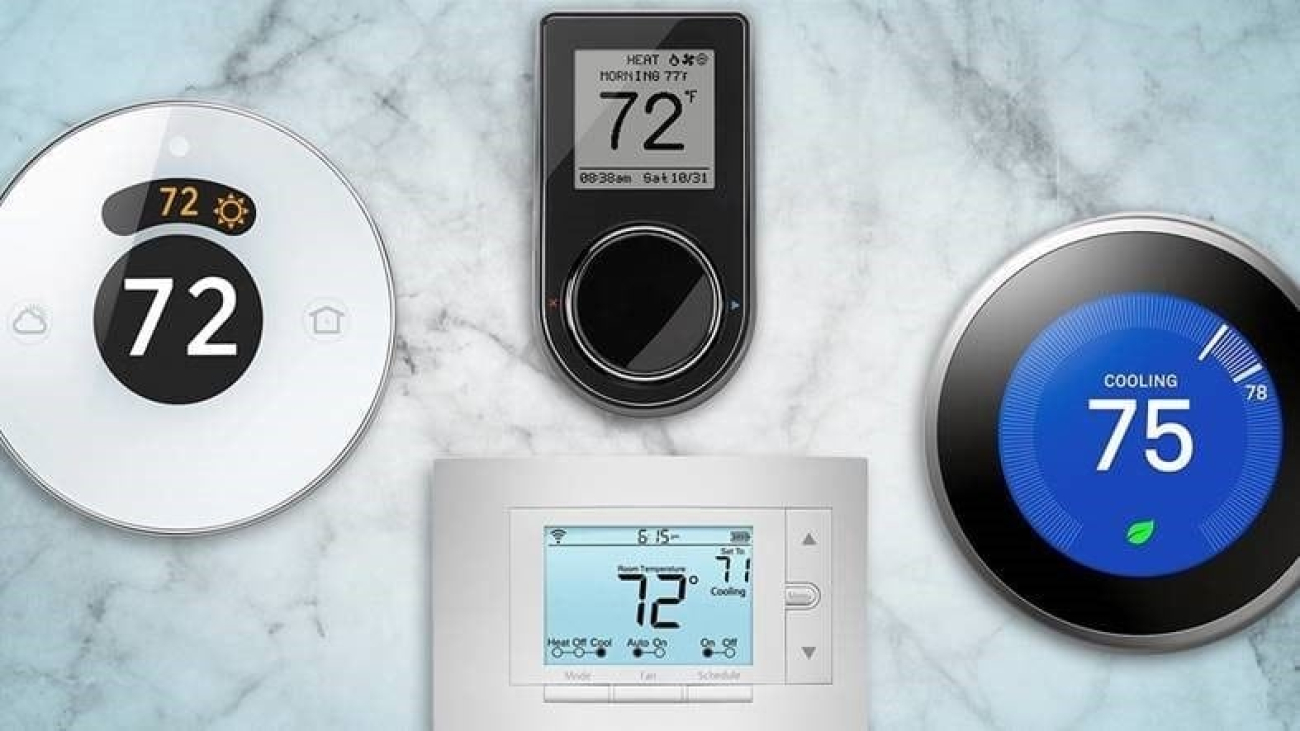- AboutAbout
- About UsAbout Us
- Environment & SustainabilityEnvironment & Sustainability
- Customer CareCustomer Care
- Terms and conditionsTerms and conditions
- ServicesServices
- Commercial ServicesCommercial Services
- Boiler ServiceBoiler Service
- Boiler InstallationsBoiler Installations
- Gas Safe NotificationsGas Safe Notifications
- Heating and Water Control SystemsHeating and Water Control Systems
- Home Buyer and Owner ReportsHome Buyer and Owner Reports
- InstallationInstallation
- Landlord Gas Safety CertificatesLandlord Gas Safety Certificates
- Legionella AssessmentsLegionella Assessments
- Power FlushingPower Flushing
- RepairsRepairs
- Service PlansService Plans
- Boiler BundlesBoiler Bundles
- PricesPrices
Heating and Water Control Systems
Installation and Use of system controls
- Gas Safe Heating & Plumbing Ltd
- Services
- Heating and Water Control Systems
-
Heating and hot water controls, what you need to know!
From April 2002 changes in the Building Regulations specified the minimum level of control required for any new boiler or cylinder. The regulations were designed to reduce the amount of gas used to heat our homes and businesses and therefore reduce environmental pollution, particularly carbon dioxide.
In April 2018, the regulations governing new boiler installations changed. Any new boiler installation in England, will need to adhere to an updated set of regulations from April 2018. These regulations demand a higher set of energy efficiency measures on new boilers than ever before. With gas-fired heating contributing about 60% of what is spent in a year on energy bills, these new regulations should save you money in the years to come. All boilers installed from April 2018 will need an ErP efficiency rating of 92% or higher. Roughly a third of the boilers on the market today fall short of this standard.
Called Boiler Plus, the new regulations mean that, as well as a higher minimum efficiency rating, all new gas and oil boiler installations must include a programmer timer and a thermostat so that you can effectively control your heating. While the majority of homes do have this, it wasn’t a requirement until now. Plus every combination boiler installation must also include one additional energy-saving measure. Consumers will be given the opportunity to select at least one of the four additional energy-saving measures, such as, a Smart Thermostat, a Weather Compensating Thermostat, a Load Compensating Thermostat or a Flue Gas Heat Recovery System.
The careful selection, installation and use of the system controls will greatly enhance the boilers efficiency (uses less gas) and enhance your comfort conditions. Your Gas Safe Heating & Plumbing Ltd Gas engineer will be happy to give advice on a controls package to suit your needs.
Smart ControlsSmart ControlsSmart thermostats are the latest trend in home heating. A smart thermostat can switch your heating/hot water on or off remotely via the internet – so you can use your smart phone to turn them on when you’re on your way back from holiday, or off when you pop out unexpectedly. Many of these programmable digital heating systems show you how much heating you’re using. Some smart thermostats also monitor your usage and learn your routine. There are several brands of smart heating thermostats on the market, and each works in a slightly different way.
Read more: https://www.which.co.uk/reviews/smart-thermostats/article/what-are-smart-thermostats – Which?
Programmable Room ThermostatsProgrammable Room ThermostatsProgrammable Room Thermostats allow the programming of different room temperatures at different times of the day thus combining the functions of the time-switch and the room thermostat and, as a result, giving better control and therefore better comfort conditions. Programmable room thermostats would usually be located in the hallway or lounge. they can be difficult to set-up initially, but are effective in keeping an optimum control of temperature.
ProgrammersProgrammersProgrammers switch the heating or hot water on/off in accordance with pre-set times or customers own set times. These can be external to the appliance or integrated into boiler control panel.
Wireless Room ThermostatsWireless Room ThermostatsWireless Room Thermostats are available for situations where it is impractical to install a cable between the boiler and the control.
Room ThermostatsRoom ThermostatsRoom Thermostats monitor air temperature and switch the central heating on/off relative to set temperature. Usually located in the hallway or the lounge, 1.5 metres above ground level for optimum comfort.
Thermostatic Radiator ValvesThermostatic Radiator ValvesThermostatic Radiator Valves (TRV’s) monitor air temperature in the room and close off the flow of water to the radiator when the set temperature is achieved. As the room starts to cool down the valve will re-open allowing heat to flow to the radiator again. Most commonly TRV’s are manually controlled and have a mechanical device incorporating a wax capsule that expands and contracts as the air temperature rises and falls. Nowadays, more complex but more controllable wireless battery operated TRV’s have become a choice for those with a keen eye on their energy consumption, a downside to most would be the extra costs involved in purchasing the wireless models.
Zone ValvesZone ValvesZone Valves, 2 or 3 port motorised valves are used to split the system into zones. Commonly used to separate central heating and hot water or to split a heating system for an upstairs and downstairs heating circuits. These are controlled via the room/cylinder thermostats and also the programmer.
Cylinder ThermostatsCylinder ThermostatsCylinder Thermostats are a control which is strapped onto the hot water cylinder and monitors the temperature of the domestic hot water. It will switch on/off the boiler via the hot water motorised valve. To reduce the risk of legionella poisoning we recommend a minimum temperature of 60’c.
Outside Temperature SensorsOutside Temperature SensorsOutside Temperature Sensors can be wired into the system to allow more accurate control in differing weather conditions.
Frost ThermostatsFrost ThermostatsFrost Thermostats are used to protect the boiler against freezing. Usually installed when the boiler is located in an unheated space e.g. garage, outhouse etc. Many modern boilers have a built in frost thermostat.
Time-switchesTime-switchesTime-switches switch the boiler on/off in accordance with pre-set times. It is not possible to programme hot water and central heating individually. Often time-switches are integrated into the boiler control panel.
Manual Radiator ValvesManual Radiator ValvesManual Radiator Valves are used to turn the flow of water through the radiator on or off. Another purpose is to balance a radiator, to allow an even flow throughout your heating system.

